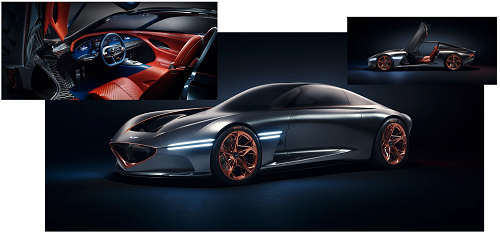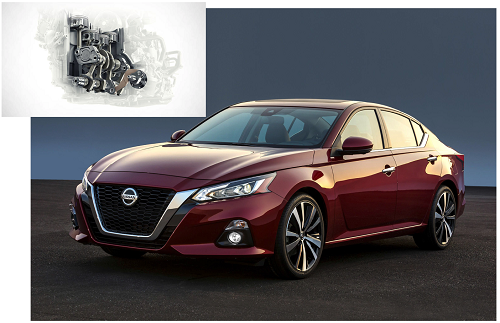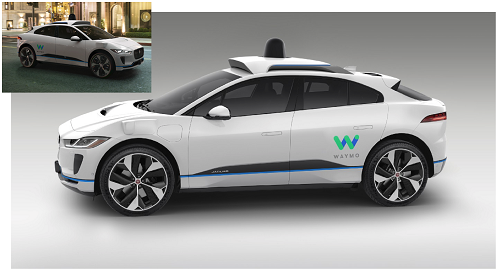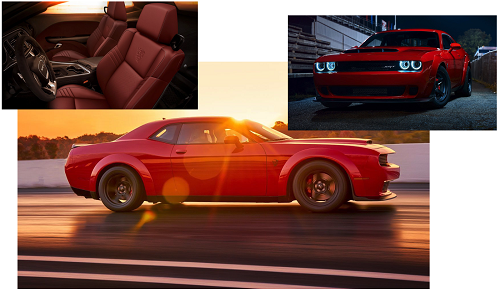By Patrick Mannion, contributing editor
Attitudes toward automobiles may be changing as app-based taxi services, subscription models, and self-driving vehicles gain traction, but the New York Auto Show showed that design, performance, luxury, solid engineering, and handling still stir the blood.
There were many standouts at this year’s show, though Cars.com voted the 2019 Lincoln Aviator SUV to be the Best in Show for its style, stateliness, power, and luxury. That an SUV would win that award is no surprise given the current popularity of SUVs; however, the style, value, and innovation now emerging in regular cars bears witnessing.
For example, Hyundai used the show to reveal its conceptual Genesis Essentia all-electric vehicle that will form the foundation of a true GT car (Fig 1 ). Hyundai’s current Genesis line has been quietly grabbing eyeballs for style, but the Essentia goes much further.

Fig. 1: Hyundai used the NY Auto Show to unwrap its all-electric Genesis Essentia concept car that will form the foundation of a true GT.
While Hyundai was mum on specifics regarding performance and cost, the styling turned heads and its use of an electric motor gives it extra appeal, keeping Hyundai on radar for 2019. That styling was in part achieved by placing the battery in a central, tunnel-like position instead of underneath or in the rear, helping keep it low to the ground and giving better balance.
In the more here-and-now vein, Nissan announced the new 2019 Altima, which has been completely redesigned to incorporate its ProPilot Assist partial self-driving capability, an available upgrade to all-wheel drive (AWD), and a variable-compression turbo (VC-Turbo) engine design that is now ready to go mainstream from the Infiniti line after 20 years of research (Fig. 2 ).

Fig. 2: Nissan redesigned its Altima for 2019, adding a variable-compression turbo engine, ProPilot assist, smartphone-vehicle integration features, and rear-braking assist technology.
It also comes packed with features and smartphone integration conveniences that say much about how classic passenger vehicles have to up their game to compete with SUVs and crossovers.
The model on display at the show uses the variable-compression turbo (VC-Turbo) engine that dynamically varies the compression ratio between 8:1 and 14:1 for greater performance efficiency, respectively. Some of the advantages of the 2.0-liter engine design include it being more compact than the 3.5-liter V6 yet still being able to output 248 hp and 273 lb.-ft. of torque. Other characteristics include less noise, more miles per gallon, and lower emissions.
Nissan also put in a 7.0-inch display and a rear automatic braking that detects stationary objects when backing up and applies the brakes if necessary to avoid collision. The feature augments the ProPilot feature, which works to keep the vehicle centered on the lane or a safe distance from other vehicles using cameras, radar, and other sensors.
Waymo buys 20,000 Jaguar Land Rover I-Paces for self-driving
Early in March, Jaguar Land Rover announced the I-Pace SUV all-electric five-seat crossover (Fig. 3 ). However, at the NY Auto Show, Google’s Waymo followed up by agreeing to purchase 20,000 I-Paces equipped with its self-driving technology and add them to its taxi fleet, which already comprises 600 Chrysler Pacifica minivans.

Fig. 3: Google’s Waymo used the NY Auto Show to announce that it would purchase 20,000 Jaguar Land Rover I-Pace electric vehicles for its self-driving fleet.
Speaking to the announcement, IHS Markit said that the autonomous vehicle market will reach 33 million units globally in 2040, with the majority of the growth coming after 2025. The announcement puts Jaguar in the game without having to develop the technology internally. Rather than being an add-on, Jaguar and Waymo engineers will work together to fully integrate the technology during the manufacturing stages.
Pure brawn
It’s hard to not get revved about the 840-hp Dodge Challenger SRT Demon: It can rocket from 0 to 60 in 2.3 seconds (Fig. 4 ). Though it debuted at and stole last year’s show, it only started to ship in November. They cost $86,000 each and, to date, 1,200 have been purchased, with another 1,000 in the works.

Fig. 4: The Dodge Challenger SRT Demon supplies 840 hp and costs $86,300. By comparison, the Bugatti Chiron sport supplies 1,479 hp and costs $3.26 million.
For the curious and monetarily endowed, the Bugatti Chiron sport was on display to show what a 1,479-hp vehicle looks like. Costing $3.26 million, the Bugatti Chiron debuted at the 2016 Geneva International Motor show, but the new version weighs 18 kg less. It can be delivered by the end of the year. So be patient.
Advertisement
Learn more about Electronic Products Magazine





